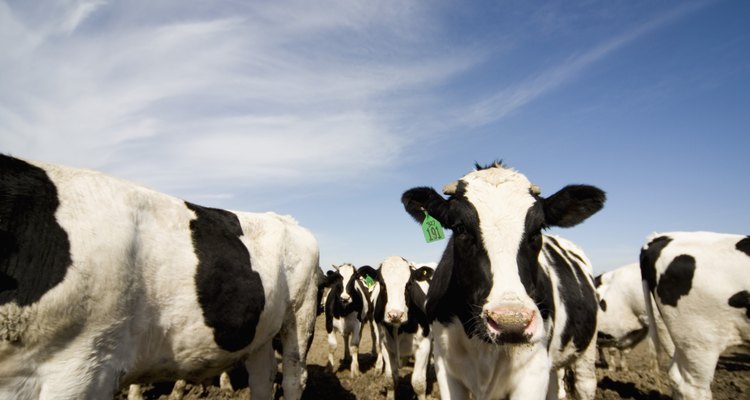
Design Pics/Design Pics/Getty Images
The nearly lost art of cooking a cow's head originated in the Texas-Mexico border region. It is generally referred to as a part of the "barbacoa" -- Spanish for barbecue -- legacy. Almost every piece of meat on the head is edible, and some border-barbecue establishments offer cow's head on an itemized menu. The cheek meat and tongue fetch the highest price, though the brain and eyes are usually available for connoisseurs. Cows' heads were traditionally placed in a smoldering pit, covered with dirt and cooked for up to 24 hours. Advances in barbecue equipment and technology allow the head to be prepared in a standard smoker.
Procure skinned cows' heads from a slaughterhouse. The heads must be intact, containing the teeth, eyes, tongue and brain. These heads are inevitably filthy, and must be thoroughly cleaned.
Attach a pressure nozzle to your hose. Spray each cow's head thoroughly inside and out. The hose and nozzle are usually inserted through the neck opening to rinse out blood and mucous.
Wrap the cows' heads in several layers of heavy-duty aluminum foil. The heads must be completely covered, with no cracks or gaps apparent. Set the heads aside.
Fill the firebox of your smoker with a large amount of charcoal briquettes. Light the briquettes, and allow them to burn to a white-hot, smoldering state. While the coals are burning, pour hickory chips into a bucket of water. Allow them to soak for a minimum of 30 minutes.
Spread the hickory chips over the white-hot coals. Allow the smoker to reach 225 degrees Fahrenheit. Place the wrapped cows' heads on the smoker's cooking grate.
Continue to add charcoal to the firebox over the next 12 to 24 hours; keep the smoker's temperature at between 225 and 250 degrees Fahrenheit. Allow a minimum of one hour of cooking time per lb. A 20-lb. cow's head must cook for at least 20 hours.
Remove the heads from the smoker, and tear off the foil. Separate the meat from the heads with your fingers, and place it in separate pans. Dedicate one pan for the cheek meat and tongue, one for the brains and eyes and one for various pieces of meat found on and in the head.
Related Articles

How to Clean an Electric Self Shaver
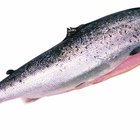
How to Cook Salmon Cheeks
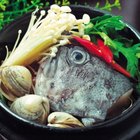
How to Cook Fish Heads
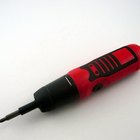
How to Open a Remington Razor

How to Open & Clean a Norelco 1050CC ...
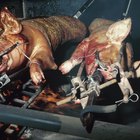
How to Cook Lechon

How to Clean a Philips Norelco Shaver

How to Grow Hair Back After Shaving ...

How to Lubricate a Norelco Razor

How to Sharpen Your Dull Rotary Shaver ...

Proper Sanitizing of Electric Razors
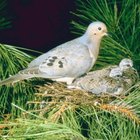
How to Clean and Cook a Mourning Dove

How to Reroot a Mannequin Head

Roasting a Pig on a Gas Barbecue
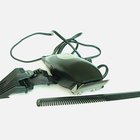
How to Remove Back Neck Hair

How to Install New Heads in a Norelco ...

How to Get a Smooth, Bald Look

How Do I Sharpen the Blades of a ...

How Does a Nostril Hair Trimmer Work?
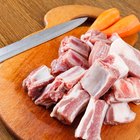
How to Cook Spare Ribs in a Rotisserie
References
- BBQ and Bourbon; How to Barbecue A Cow's Head; May 2009
- "Smokestack Lightning"; Lolis Eric Elie; 1996
Writer Bio
Jack Hugo has written professionally since 1984 for publications such as "Playboy," "Missouri Life" and "USA Today." He is the former owner of five restaurants, and the author of two travel guides published nationally by WW Norton. He holds a Bachelor of Arts in history from the University of Missouri-Columbia.
Photo Credits
Design Pics/Design Pics/Getty Images